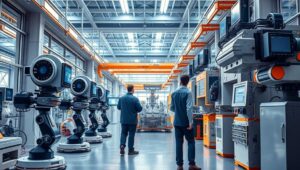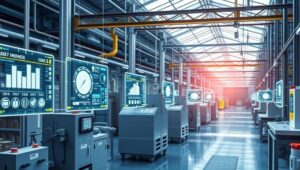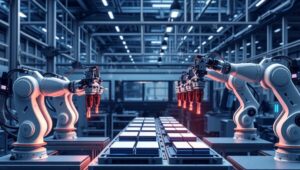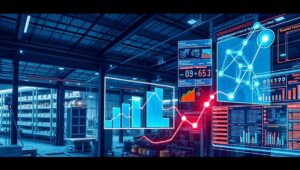May 25, 2025
The AI-Powered Manufacturing Plant of the Future (2026)
The AI-Powered Manufacturing Plant of the Future (2026) The manufacturing landscape is undergoing a dramatic transformation, driven by the rapid advancements in Artificial Intelligence (AI). By 2026, the integration of AI into manufacturing plants will be so profound that it will fundamentally redefine how products are designed, produced, and distributed. This article explores the key AI-driven technologies and applications that will shape the future of manufacturing. AI-Powered Predictive Maintenance One of the most significant applications of AI in manufacturing is predictive maintenance. By analyzing data from sensors embedded in machinery, AI algorithms can predict when equipment is likely to fail.









